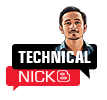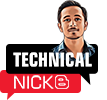Manufacturing has come a long way since the Industrial Revolution, with new techniques being developed and refined to make the production process more efficient and cost-effective.
Two traditional manufacturing techniques that have stood the test of time are injection molding and CNC machining.
In recent years, 3D printing has emerged as a game-changer in the manufacturing world, offering a whole new set of advantages and disadvantages compared to these traditional techniques.
In this blog post, we will compare these three methods to determine their strengths and weaknesses.
1. Injection Molding:
Injection molding is a manufacturing process used to produce large volumes of identical parts. It is a highly efficient and cost-effective process that involves injecting molten material, typically plastic or metal, into a mould.
The material is then left to cool and harden, after which the mould is opened, and the finished product is ejected.
To Read More Tech Blogs Visit: Technical Nick
Injection molding is commonly used in the production of automotive parts, toys, and medical devices.
Advantages Of Injection Molding:
- High Production Rates:
Injection molding is a highly efficient process that can produce many identical parts quickly and consistently. This makes it ideal for mass production.
- High Precision:
Injection molding allows for high precision and accuracy, producing parts with tight tolerances and complex geometries.
- Wide Range of Materials:
Injection molding can be used with a wide range of materials, including plastics, metals, and ceramics, making it a versatile process.
Disadvantages Of Injection Molding:
- High Setup Costs:
Injection molding requires expensive tooling, which can make it cost-prohibitive for small runs or prototyping.
- Limited Design Flexibility:
Injection molding is best suited for producing parts without needing to change designs quickly. Design changes can take long periods of time.
- Long Lead Times:
The time required to design and manufacture the mould can be lengthy, leading to long lead times for production.
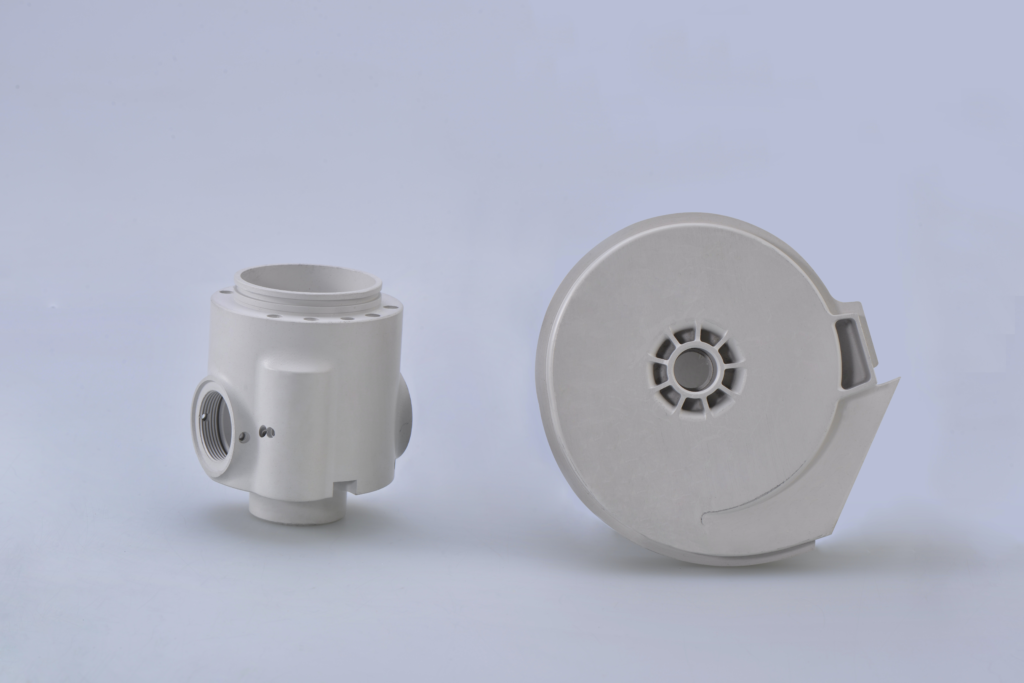
2. CNC Machining:
CNC machining is a subtractive manufacturing process that involves cutting away material from a block or sheet of raw material to produce a finished part.
This is done using a computer-controlled machine that uses a range of cutting tools to shape the material.
CNC machining is commonly used in the production of metal parts, such as aerospace components and medical implants.
Advantages of CNC Machining:
- High Precision:
CNC machining is a highly accurate process that can produce parts with tight tolerances and complex geometries.
- Wide Range of Materials:
CNC machining can be used with a wide range of materials, including metals, plastics, and composites, making it a versatile process.
- Design Flexibility:
CNC machining allows for a high degree of design flexibility, enabling the production of complex parts, quickly.
Disadvantages of CNC Machining:
- Limited Production Rates:
CNC machining is a slower process than injection molding, making it less suitable for mass production.
- Higher Labour Costs:
CNC machining requires skilled operators to set up and run the machines, increasing labour costs.
- Material Waste:
CNC machining produces a significant amount of material waste, as the process involves cutting away material from a larger block or sheet.
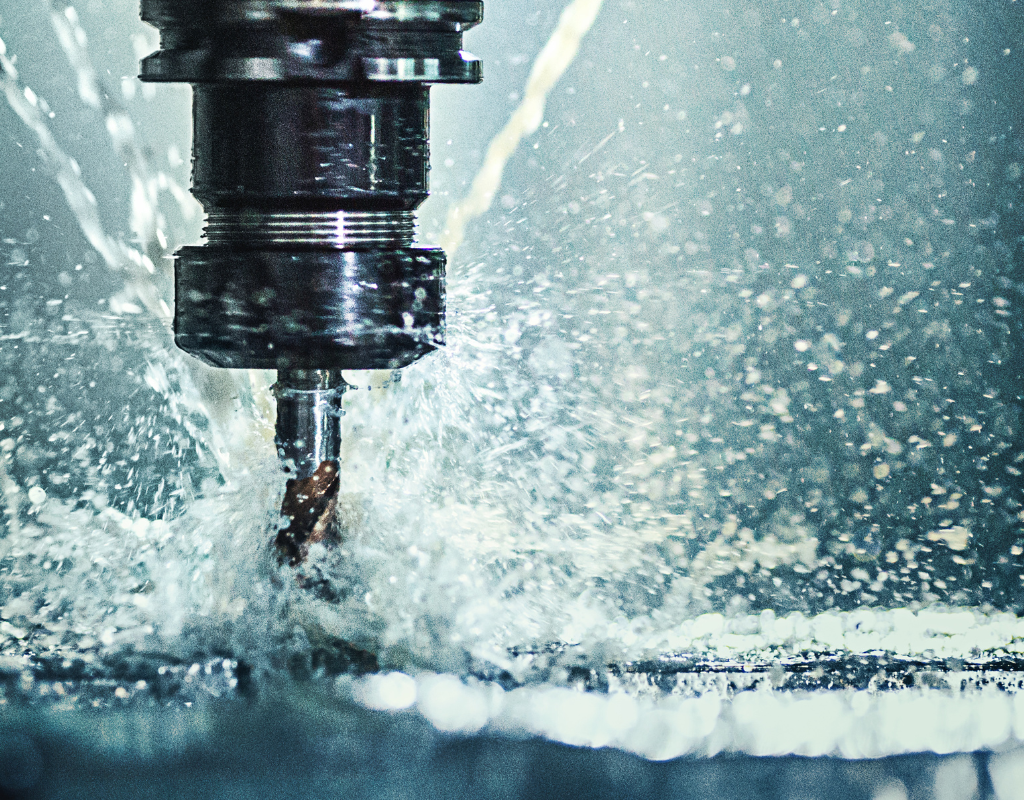
3. 3D Printing:
3D printing, also known as additive manufacturing, is a process of creating three-dimensional objects by adding material layer by layer.
It involves creating a digital model of the object using computer-aided design (CAD) software, which is then used to guide the 3D printer to add material layer by layer until the object is complete.
3D printing is commonly used in the production of prototypes, architectural models, and custom medical implants.
Advantages Of 3D Printing:
- Design Flexibility:
3D printing allows for a high degree of design flexibility, enabling the production of complex parts with variable wall thickness, intricate details, and geometries that are difficult or too expensive to produce using traditional manufacturing techniques.
- Low Setup Costs:
3D printing requires no expensive tooling, making it cost-effective for small runs and prototyping. It also allows for on-demand production, reducing the need for inventory storage.
- Reduced Material Waste:
3D printing is an additive process, which means that only the required amount of material is used to create the object, reducing waste, and making it a more environmentally friendly option.
Disadvantages Of 3D Printing:
- Limited Production Rates:
3D printing is a relatively slow process, making it less suitable for mass production.
- Limited Range of Materials:
While the range of materials that can be used for 3D printing is expanding, it is still more limited than those available for injection molding or CNC machining.
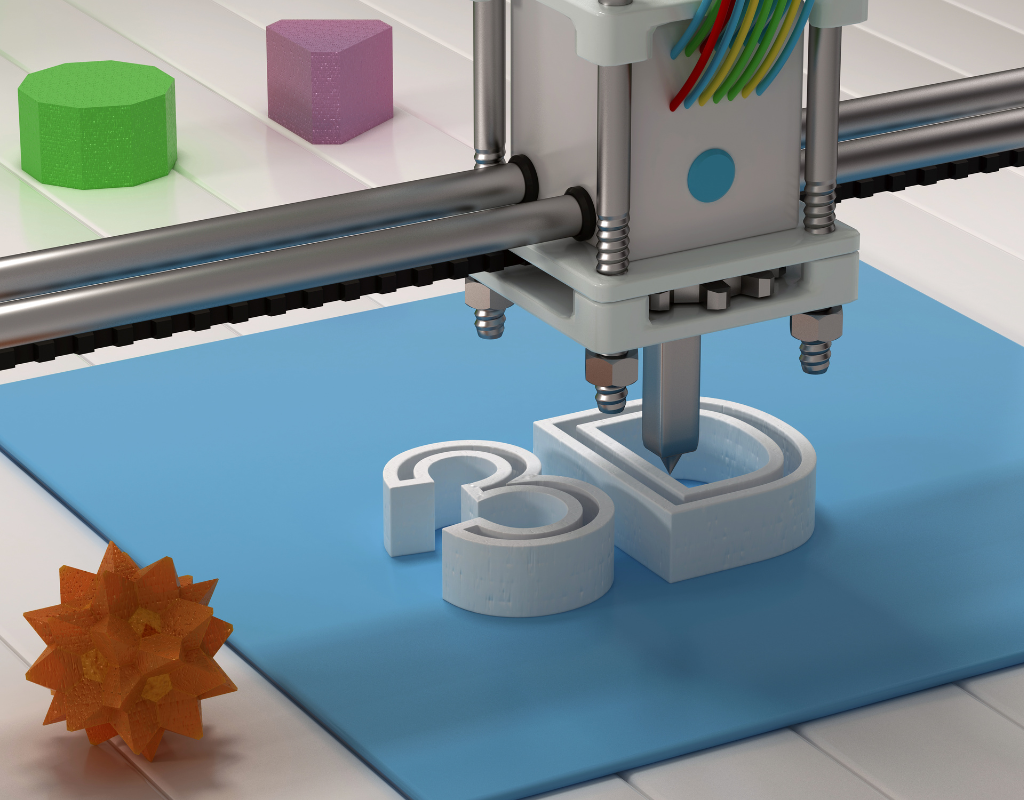
- Lower Precision:
3D printing is generally less precise than injection molding or CNC machining, which can lead to less accurate parts.
Do you want to learn more about the differences in other types of technologies?
Read our blog on: PolyJet Vs FDM in 3D printing

